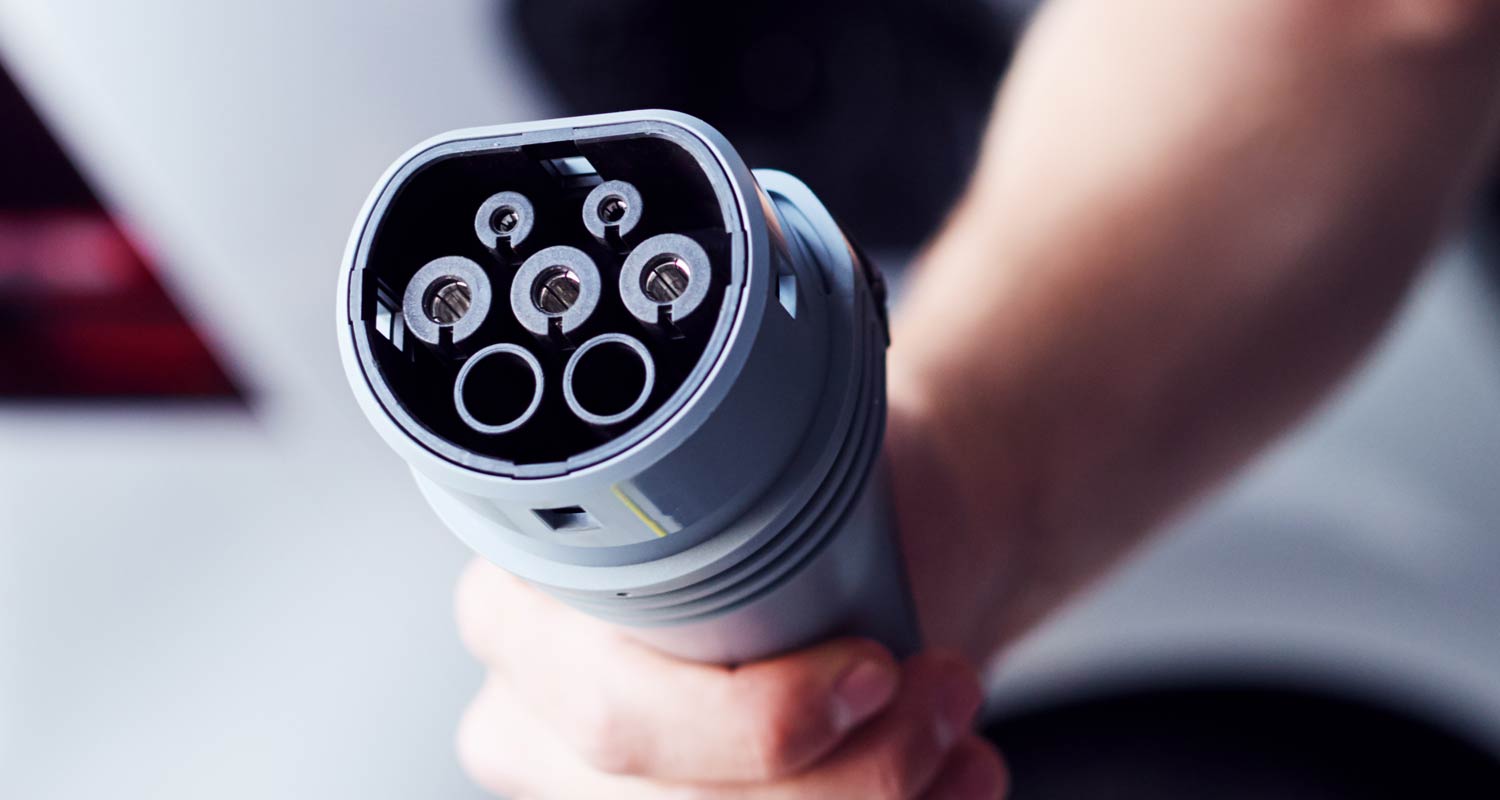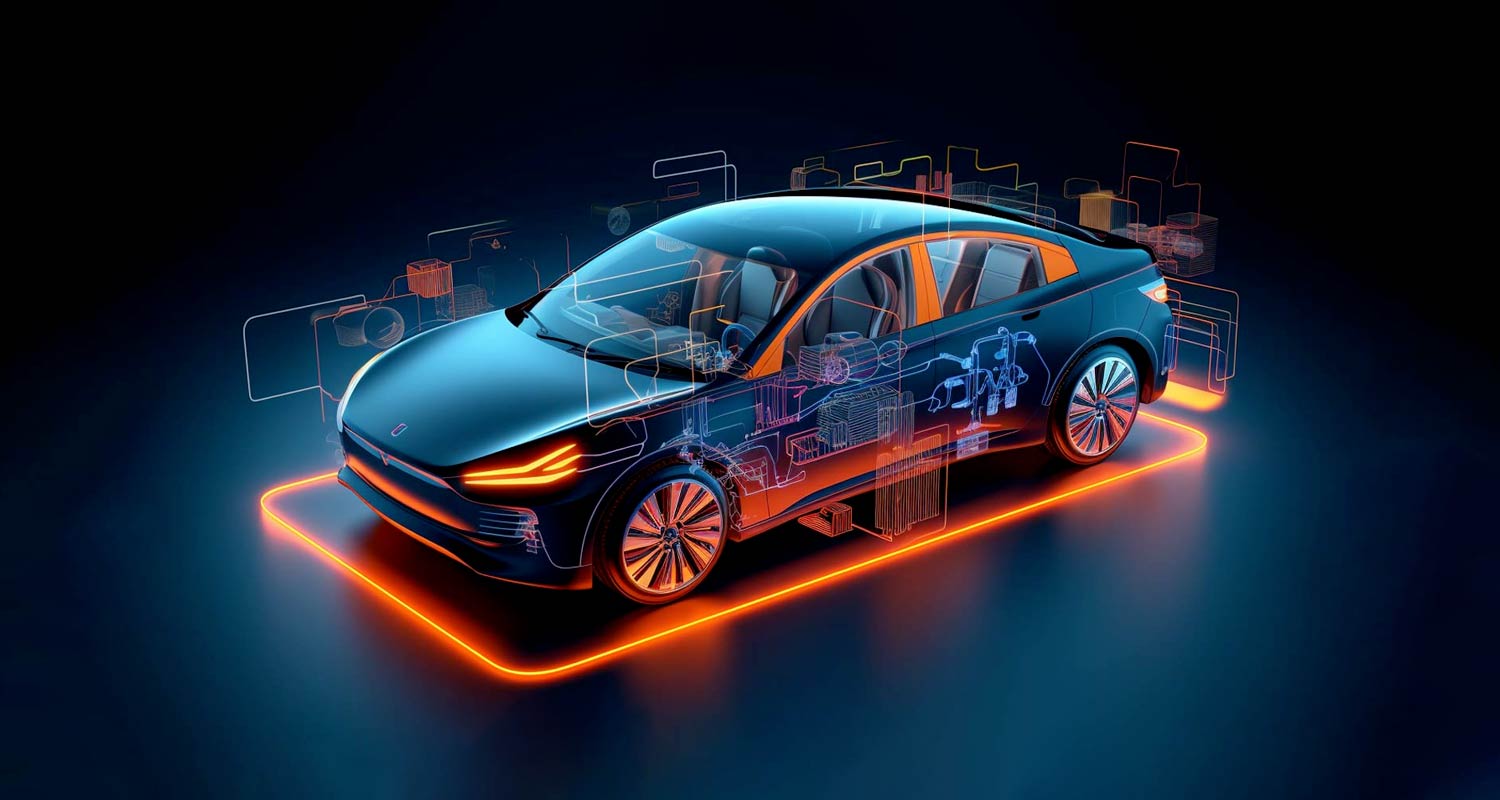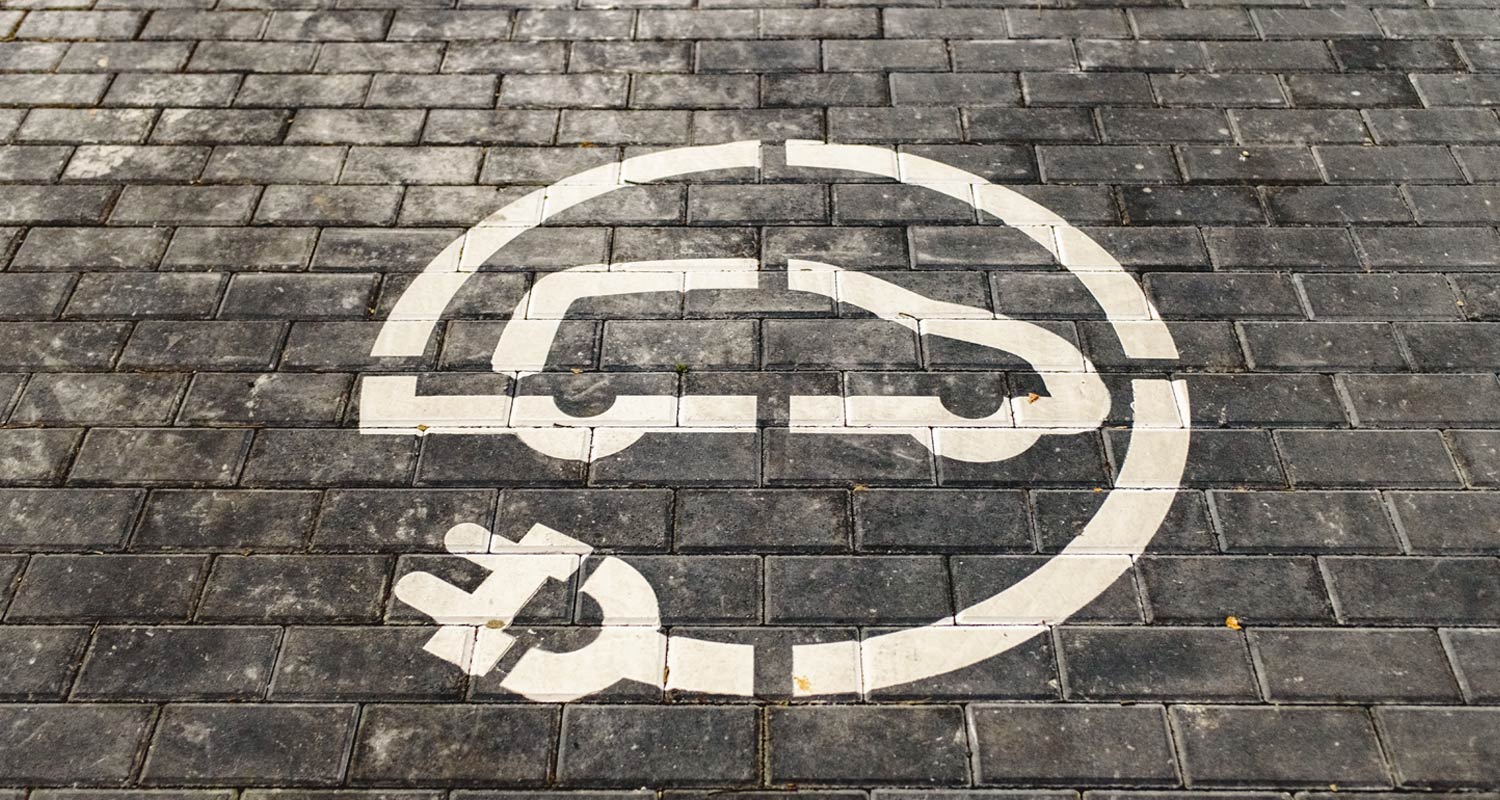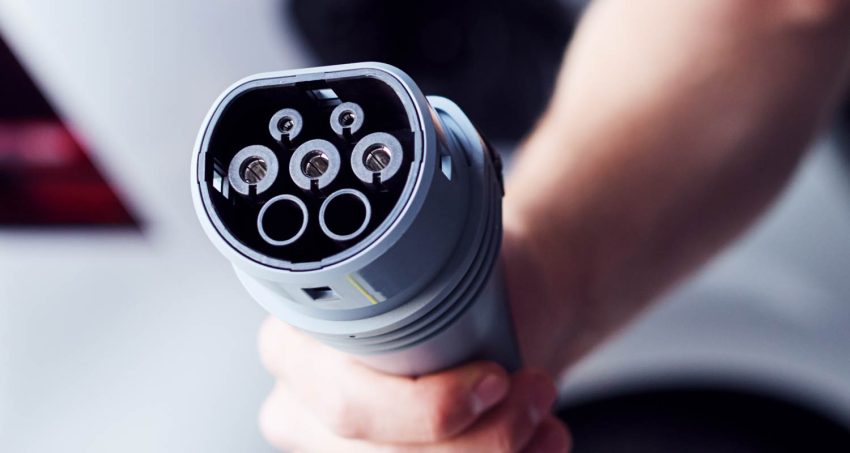 Start-ups worldwide are racing to develop new battery technologies using materials like sodium and sulphur or other innovative chemistries, aiming to cut costs and reduce reliance on some critical minerals to supply electric vehicles.
Start-ups worldwide are racing to develop new battery technologies using materials like sodium and sulphur or other innovative chemistries, aiming to cut costs and reduce reliance on some critical minerals to supply electric vehicles.
China controls 85% of the global battery cell production, and 90% of processing of raw materials used in two lithium-ion variants that dominate today’s EV market.
Battery technology is evolving fast, but the basic principle remains unchanged, with three key components — a cathode, an anode and an electrolyte.
Read: Every electric car you can buy in South Africa right now – with pricing
As car makers weigh long-term options, here is a look at the various battery types currently in use or under development.
Lead
- What: Used in existing 6V or 12V batteries to power car starters
- Pros: Cheap, works in extreme conditions
- Cons: Heavy and low energy
Nickel-cadmium (Ni-CD)
- What: Rechargeable batteries
Nickel-metal hydride (Ni-MH)
- What: Technology used on Toyota’s first Prius, a precursor to hybrids, in 1997
Sodium nickel chloride
- What: Has been used on the Venturi Automobiles fleet of the French postal service
- Pros: Smaller, this battery can be fitted to existing vehicles without having to convert them
- Cons: Top speed limited to 100km/h, range limited to 100km
Lithium metal polymer (LMP)
- What: Used in Bolloré Pininfarina BlueCar model, Parisian car-sharing service Autolib, both now discontinued; technology now used mainly for stationary storage, buses and trams
- Pros: “Dry” technology on the capacitor principle, easier industrial process
- Cons: Requires pre-heating and maintaining the battery at a certain temperature
 Lithium-ion
Lithium-ion
- What: The most widespread technology today, used in phone and laptop batteries, electric cars and other devices, first commercialised in 1991 by Sony
- Pros: Lithium is the second most energetic metal after uraniuy, increasingly high top speed and range, no charge memory, fast and slow charging possible
- Cons: Weight and sensitivity to external conditions (cold, vibrations), so-called “liquid” batteries which require close control of the risks of overheating
Two lithium-ion technology families dominate the EV market:
- NMC (nickel manganese cobalt): Features high energy density but at a cost more suited to large vehicles. Cobalt comes mainly from the Democratic Republic of Congo, where the conditions for extracting the metal pose strategic and ethical issues; and
- LFP (lithium iron phosphate):
- Pros: Eliminates the need for cobalt, more affordable technology suitable for smaller vehicles
- Cons: Lower energy density than NMC
Sodium-ion
- Pros: Eliminates the need for lithium, nickel or cobalt, metals that are currently highly sought after, replaced by aluminium, iron and manganese. Since sodium is much more abundant than lithium, extraction and supply are easier and less expensive. Non-flammable, can withstand up to 50 000 recharge cycles, five to 10 times more than lithium-ion.
- Cons: Lower energy density, almost non-existent supply of this type of batteries currently, interest linked to the price of lithium.
Lithium nickel manganese oxide (LNMO)
- Pros: Eliminates the need for cobalt. Renault argues that this technology, which it expects to deliver by 2028, combines the energy density of NMC, the cost and safety of LFP, and recharge times of less than 15 minutes
- Cons: Still in development
 Lithium-sulphur
Lithium-sulphur
- Pros: Stellantis-backed US start-up Lyten, which bought most of the assets of bankrupt Swedish battery maker Northvolt, claims that this technology has more than twice the energy density of lithium-ion. It also eliminates the need for nickel, cobalt and manganese and ensures greater independence since some of the raw materials can be produced locally, in North America and Europe
- Cons: No deployment before 2028
Read: Toyota to enter South Africa’s EV market with three models
Solid-state batteries
- What: A solid electrolyte (polymer, ceramic) replaces the liquid electrolyte of lithium-ion technology
- Pros: Higher energy density, lighter, non-flammable
- Cons: Still under development, no large-scale production yet. — Gilles Guillaume, additional reporting by Nick Carey, translated by Alessandro Parodi and Marie Mannes, (c) 2025 Reuters
Sources: futura-sciences.com, Plastec, Saft (TotalEnergies), Renault, Arkema, other companies
Get breaking news from TechCentral on WhatsApp. Sign up here.
Don’t miss:
Driving on sunshine – how EVs and solar could power South Africa forward

